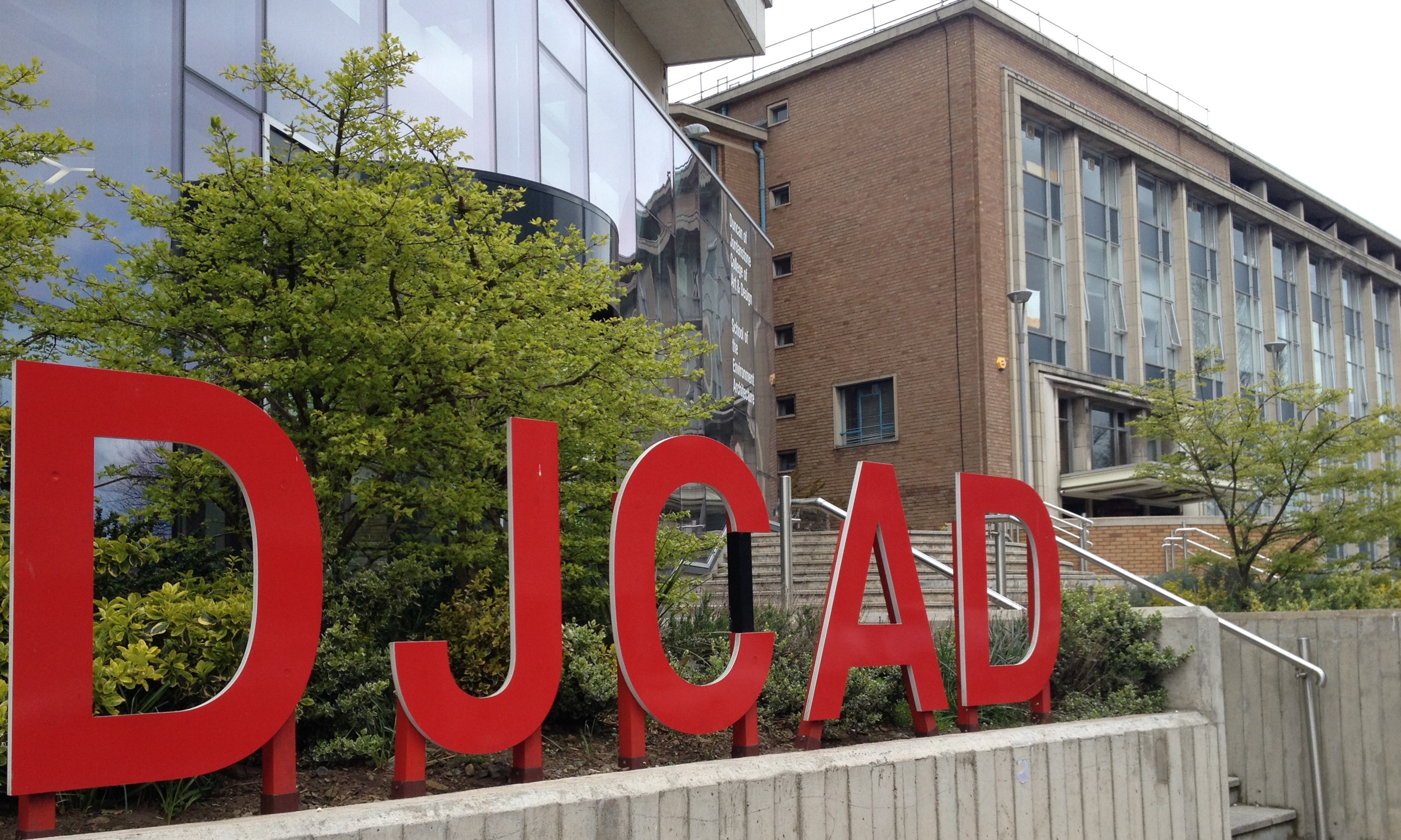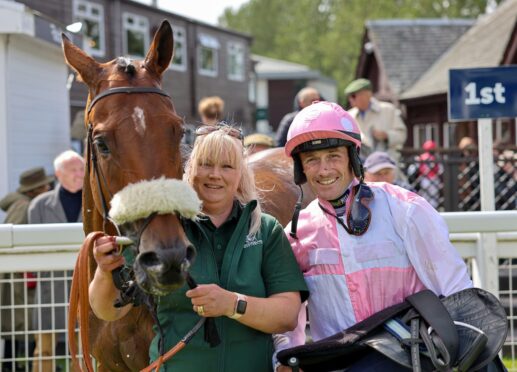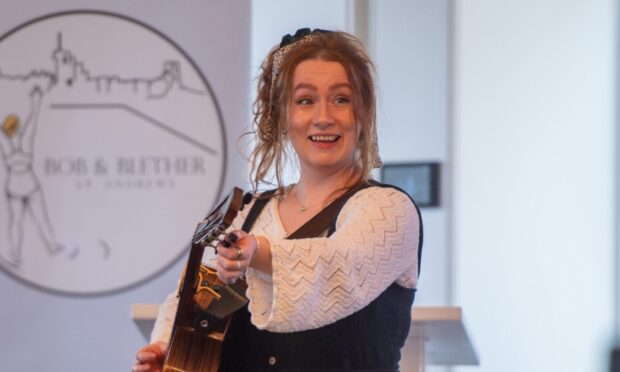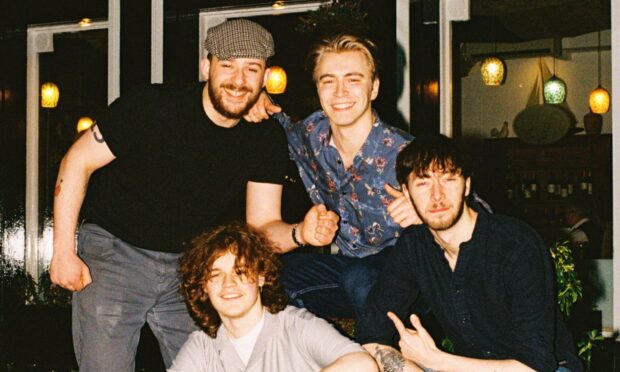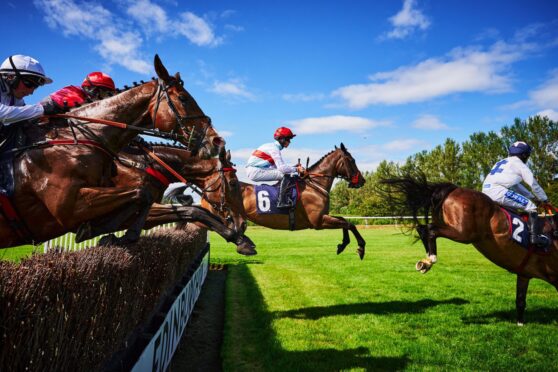Dundee University’s Duncan of Jordanstone College of Art & Design has a rich and creative history spanning over 128 years.
Although attempts were made to establish an art school as far back as the 1850s, it was not until 1888 following the creation of the Dundee Technical Institute in 1888 that a full-time art school became a possibility.
Listen to the podcast
The institute was based in Small’s Wynd, now part of the university’s main campus, and shared facilities with what was then University College, Dundee.
From the start, art classes were taught at the institute only in the evenings by George Malcolm, but in 1892 Thomas Delgaty Dunn was appointed as the first full-time art master, and this is now regarded as the date of the college’s foundation.
A fund-raising campaign was launched in 1907 and in 1911 the institute moved to new and much grander premises on Bell Street, where it reopened as Dundee Technical College & School of Art.
A further incentive to the development of the school had come in 1909 with the bequest of £60,000 by James Duncan of Jordanstone to establish an independent art school in the city.
A lengthy legal battle ensued and it was not until the 1930s that an agreement was reached whereby the College of Art would be autonomously run on a separate site away from the Technical College. A site was chosen but due to delays largely caused by the war, construction did not begin until 1953. Classes began in 1955.
The college did not become entirely independent of the Institute of Technology (now Abertay University of Abertay until 1975, when it was officially renamed Duncan of Jordanstone College of Art (though it had been known as such unofficially for many years the college remained independent until 1994, when it became part of Dundee University.
Duncan of Jordanstone is today led by the dean, Professor Paul Harris and has a world renowned reputation for high-class teaching and research.
Janice Aitken is a senior lecturer and artist who has worked in Duncan of Jordanstone College of Art and Design since 2003. She currently teaches in contemporary art practice and is associate dean for quality and academic standards
